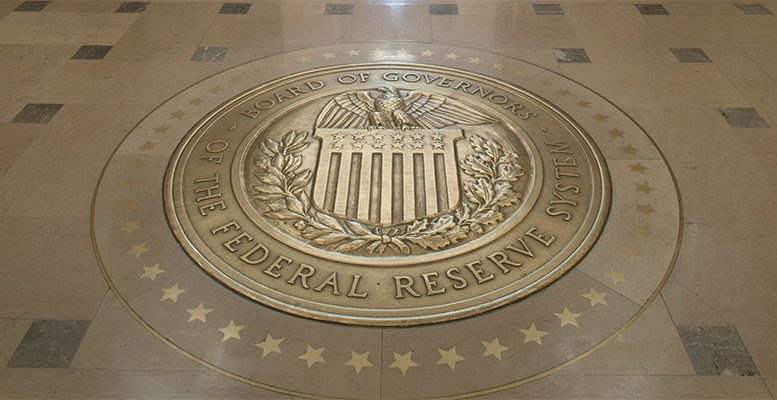Not everything is clear through a crystal ball. The Fed is in the process of “normalising” interest rates, but one has to ask whether anyone really believes this. In some graphics we can see, firstly, that the FED has been hiking the official interest rate (the red line) bit by bit up to the current 1.25%.
Meanwhile, the spread or the margin differential between the 10-year bond rate minus 2 years has begun to drop below the Fed Funds rate just at the time of the first hike this year, in January. In other words, it appears the market is not convinced that the economy is getting stronger, nor that the inflation rate is hugely threatening.
In the following graphic, we can see that inflation expectations, measured by the nominal interest minus the deflated interest on the 10-year bond, have also deflated, almost to the same beat as the differential between the interest and the 10-year bond rate minus 2 years.
In other words, expectations are for an increasingly lower real interest rate and inflation is easing, which of course is not a sign that the Fed is in control of what it is doing.
So it’s no surprise then that the markets are increasingly stronger, despite the “Trump mistake” (or the deluge of mistakes) and other worrying news. What the markets are seeing is that the Fed’s tightening is curbing inflation, which leads one to think that this tighenting is going to be short-lived. Easy money to speculate with, that’s what they see, and for an unlimited period while inflation remains so weak. But one day, we don’t know when, they will see the opposite.
The speculators are not worried about the fact that this speculative circuit, which feeds back into itself, has nothing to do with the real economy. It can’t be a coincidence that the period when this indicator was the most negative (inverted rate curve), in 2004-2008, was precisely at the time of the big property speculation prior to the Big Crisis. We haven’t reached these negative levels, but it can’t be ruled out while short-term rates continue to rise, boosted by the Fed, and long-term rates do not follow suit. We don’t need to get to these levels to see that the current situation is not very stable.


![The Confused Signs Regarding The Fed's Monetary Normalisation [UNSET]2](http://thecorner.eu/wp-content/uploads/2017/07/UNSET2.png)



